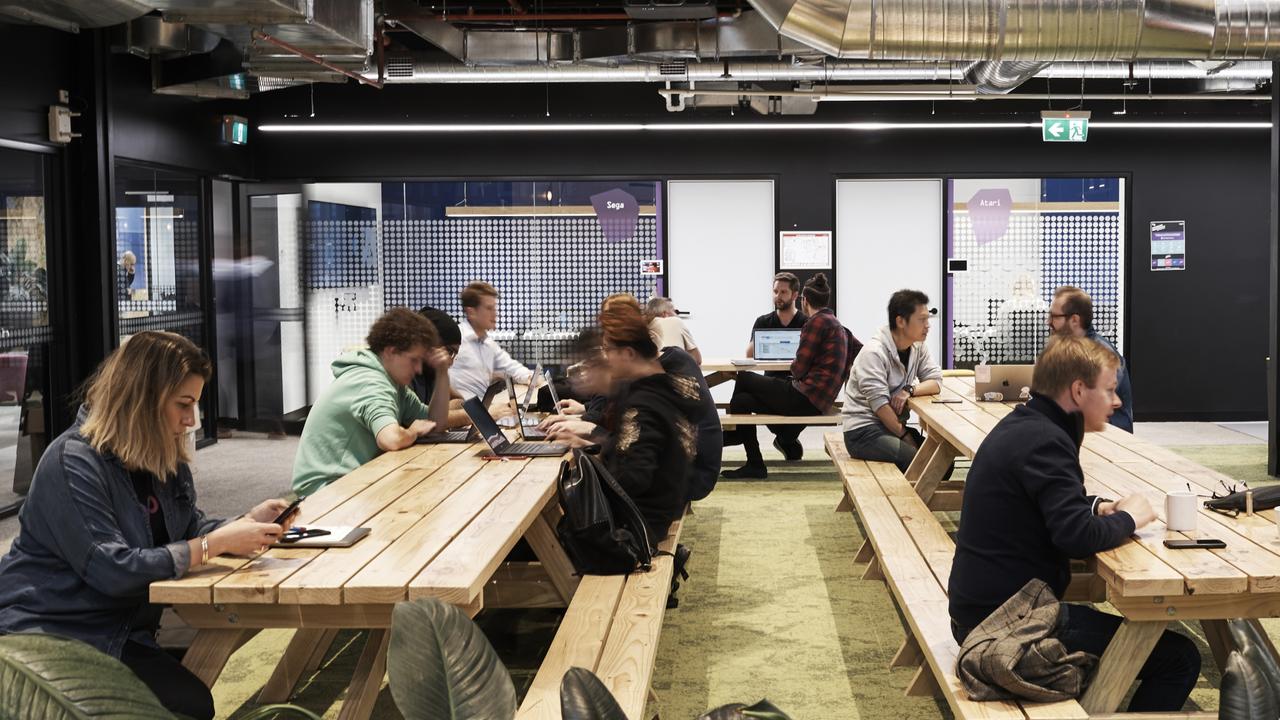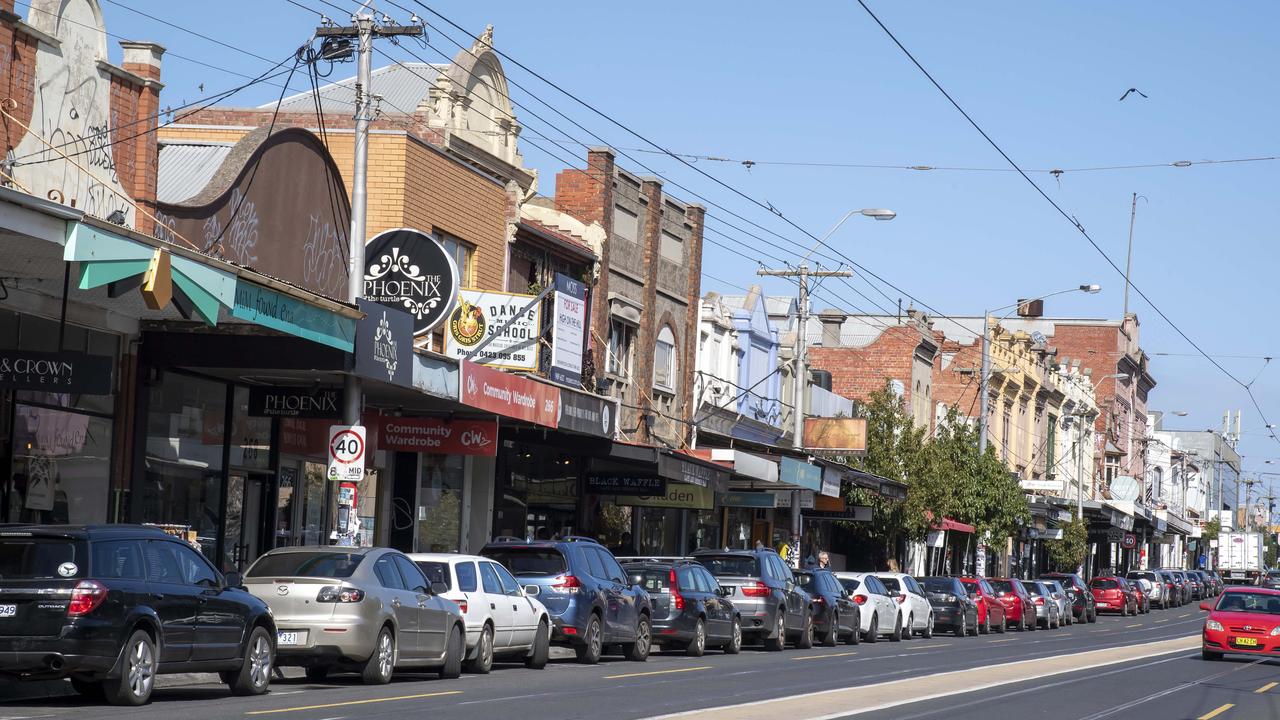Future Melbourne: Let’s plan to make a great city even better
MELBOURNE is a great city but its rapid growth presents challenges that must be met head-on if we are to maintain our standards, writes Peter Konidaris.
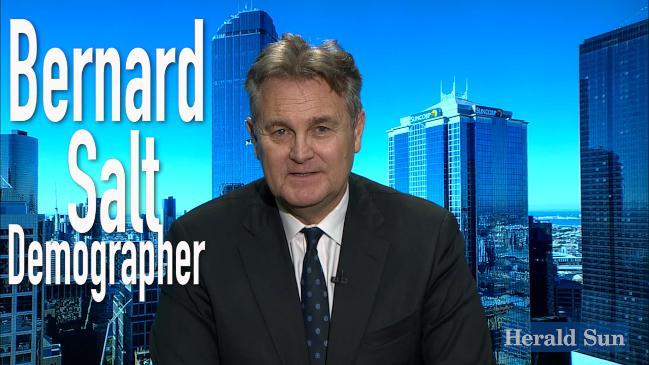
Future Victoria
Don't miss out on the headlines from Future Victoria. Followed categories will be added to My News.
TO this day, my parents cannot believe their luck. They left behind family, culture, familiarity and war-torn Europe to land at an uninviting Station Pier in an unknown city called Melbourne — and hit the jackpot.
Today, Melbourne sits at the heart of Australia’s world-record 27 years of uninterrupted economic growth, and the city’s transformation in that time has been breathtaking.
Our population, fuelled by migration from other states and overseas, has almost doubled.
LIVE, WORK, PLAY: HOW DOES YOUR SUBURB RATE?
HOW TO TRANSFORM THE WEST INTO THE BEST
And that growth shows no signs of slowing down. In fact, Melbourne is Australia’s fastest-growing capital and is on track to be Australia’s biggest city at some point in the 2030s.
And why wouldn’t people want to live here? It is safe and clean, has a thriving food scene, excellent arts and sports precincts, a rich tapestry of cultures and, of course, great coffee. But Melbourne is entering the next critical chapter in its story.
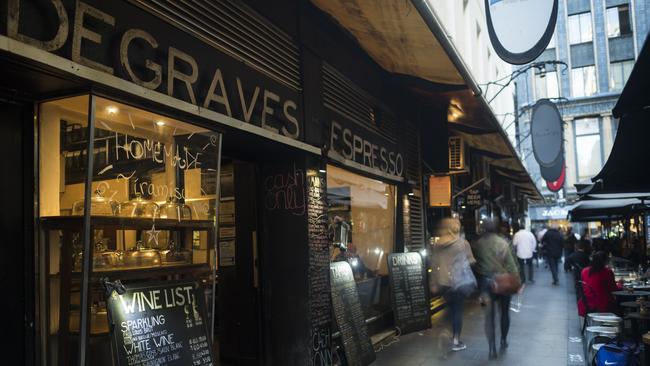
The population growth that has underpinned much of our prosperity to date is creating new challenges. Most Melburnians will say access to jobs, education, healthcare and leisure are at the top of that list of challenges.
While Melbourne continues to sprawl outward, those cornerstones of liveability continue to be largely located in the inner suburbs. The liveability of those inner suburbs can be seen in their property prices, some of the most expensive in Melbourne.
ONE FACTOR MAKING ‘CHEAP’ SUBURBS EXPENSIVE
LIBS TO SHELVE $300M ETIHAD PLAN, USE CASH FOR GRASSROOTS SPORT
That is forcing many Melburnians to live elsewhere, farther from many of the amenities that make their city such a great place to live. But it’s also forcing many to commute more than an hour to work, limiting their time with family and friends and discouraging healthy exercise and eating habits.
Despite good jobs growth stories in parts of the West — such as in Truganina and Tarneit, where distribution and logistics hubs are experiencing rapid growth — generally, access to the services and spaces we need to live, work and play falls away significantly once you go west of the Maribyrnong River.
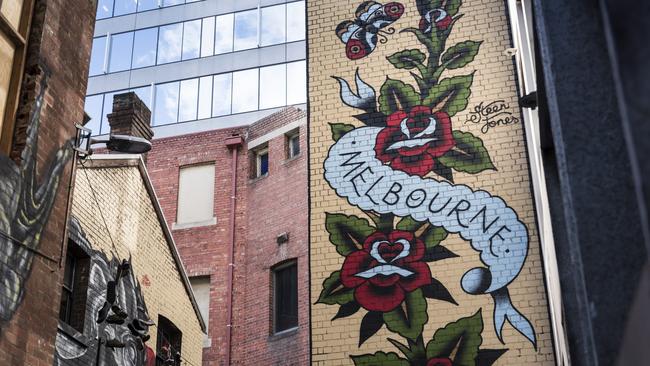
WHAT MELBOURNE WILL LOOK LIKE IN 20, 30, 50 YEARS’ TIME
FUTURE OF THE AFL: AUSSIE RULES HEADED FOR PACIFIC REVOLUTION
Major infrastructure projects like the West Gate Tunnel are welcome and will help, but are only part of the solution.
The trend in the north is similar once you cross Bell St. Unemployment and welfare dependency are very high in areas such as Broadmeadows and Coolaroo, and employment accessibility in rapidly growing Doreen is very poor.
Again, significant investment in transport is occurring, but focusing on that alone will not deliver the lifestyles Melburnians expect.
The imbalance in liveability standards across Melbourne risks splitting us into a town of haves and have-nots. It is one of the reasons why PwC has just released CityPulse, a high-level view of Melbourne, suburb by suburb, across three key criteria: Live, Work and Play.

Drawing together data from public and private sources to help identify broad trends across different regions, we hope CityPulse brings diverse stakeholders together and acts as a conversation-starter about Melbourne’s future.
Based on the findings from CityPulse, part of the solution could lie in building mini-CBDs across Melbourne, in areas where doing so makes sense.
These hives of activity would attract all of the amenities that make a city liveable but would be closer to home for many people than the main CBD.
Our data suggests hubs are slowly developing across Melbourne, but could do with a push. We can see that in Clayton, where Monash University, Monash Health, the Australian Synchrotron and an expanding business park have become a commercial hub.
That has, in turn, created demand for a range of local support services, leading to more jobs and opportunities. The proposed Victorian Heart Hospital, due to open in 2022, will complement many of the established institutions in the area.
The situation is similar in Bundoora, where La Trobe and RMIT universities are close to health services and the nearby Melbourne Market at Epping. The region has an opportunity to leverage its agribusiness reputation to become a gateway to our food bowls in the state’s north and west.
There are also significant opportunities in allied health to be realised through collaboration between local health and education centres.
Thriving precincts can also leverage their location. Proximity to major road and rail networks giving access to transport gateways at Tullamarine, Avalon and the Port of Melbourne, make Sunshine one such site. Planning for these precincts must be considered and designed to attract amenities which will enhance liveability for the surrounding areas.
For instance, while the outer west is enjoying good jobs growth, it lacks opportunities for play: there are not enough cultural, artistic and leisure resources suited to the needs and interest of its residents.
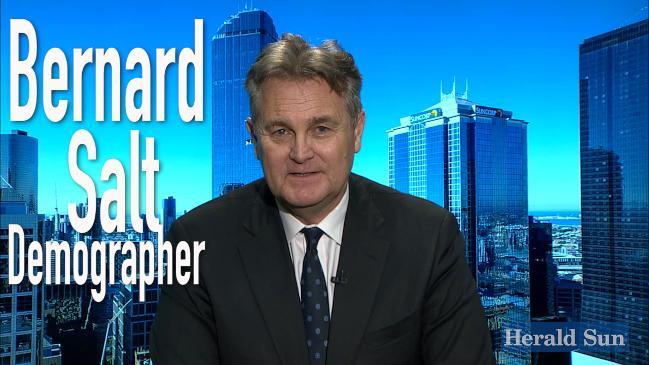
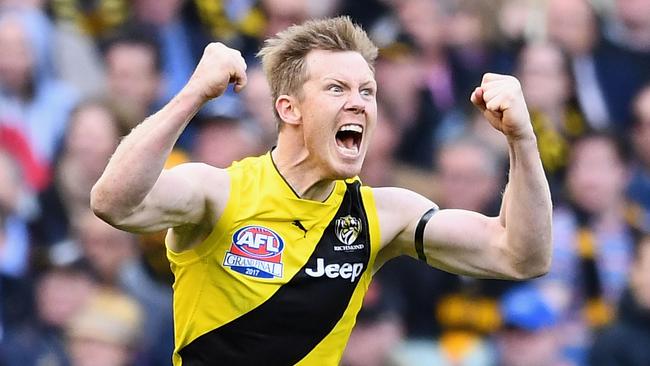
Could we imagine the possibility of an Arts Centre West or The Australian Ballet — North Campus bringing some purpose-built play to these exploding suburbs?
The Victorian government has already started the journey.
The Victorian Planning Authority has identified strategically important precincts across Melbourne and Victoria, and is making plans in conjunction with relevant stakeholders to bring their potential to life.
To truly build momentum, though, we need to start broader conversations about how we move towards a Melbourne of multiple CBDs — a polycentric city. We can all play a part, whether we be government, business, community groups, or individuals.
Today’s generation of Melburnians has inherited the world’s greatest city. Let’s come together to make it an even better place to live, work and play for the generations to come.
Peter Konidaris is managing partner at PwC Melbourne

